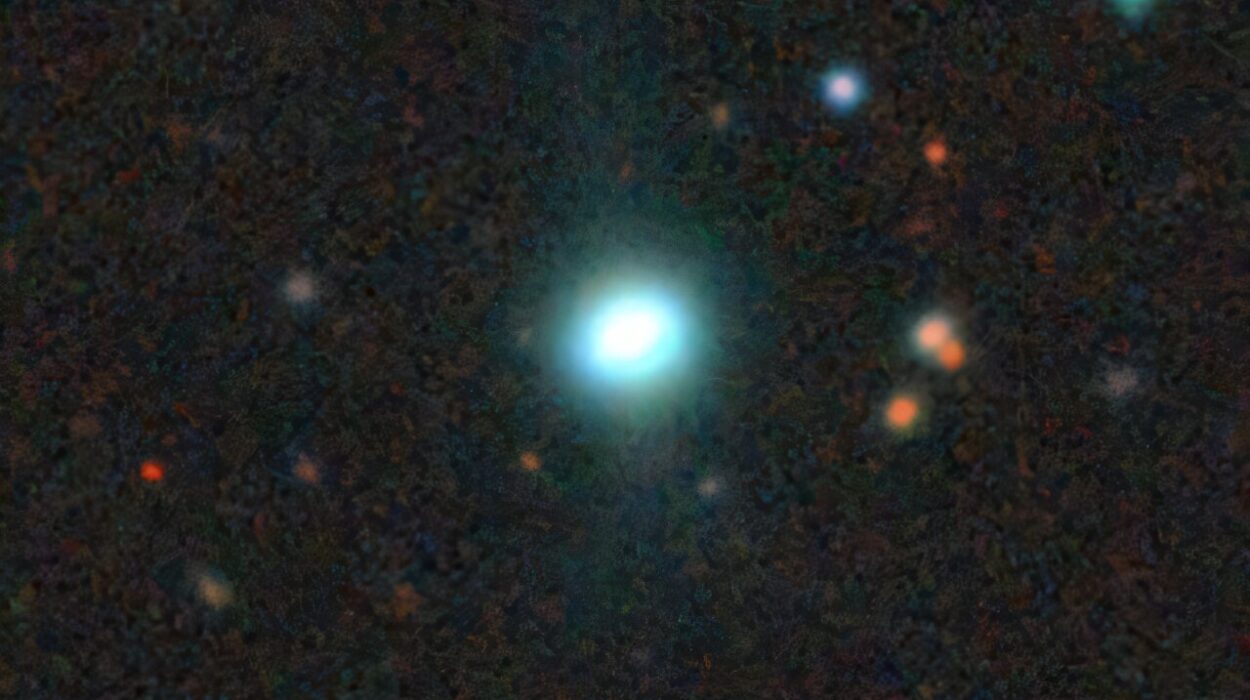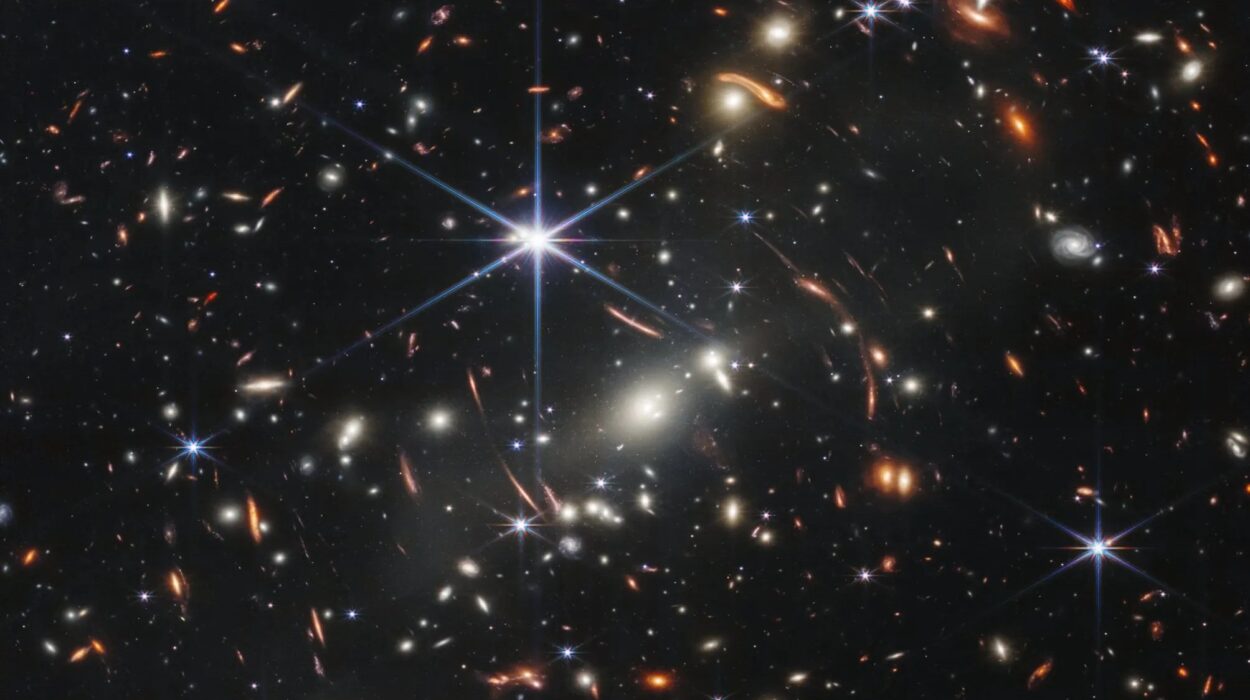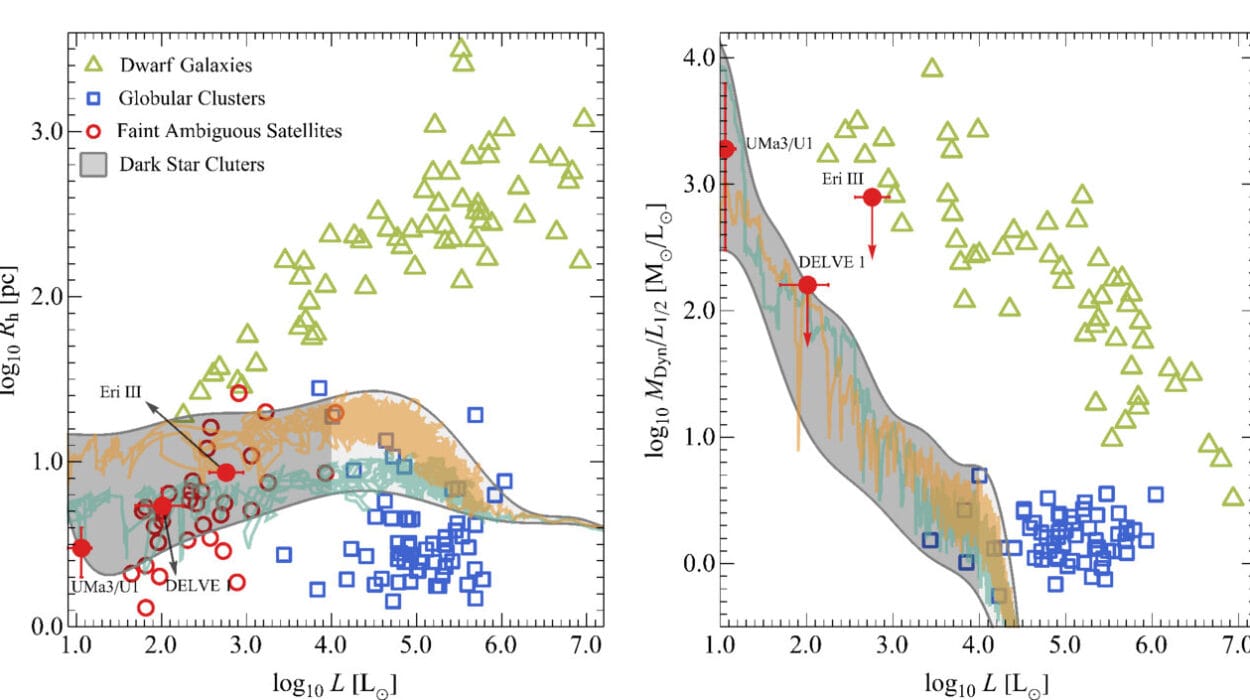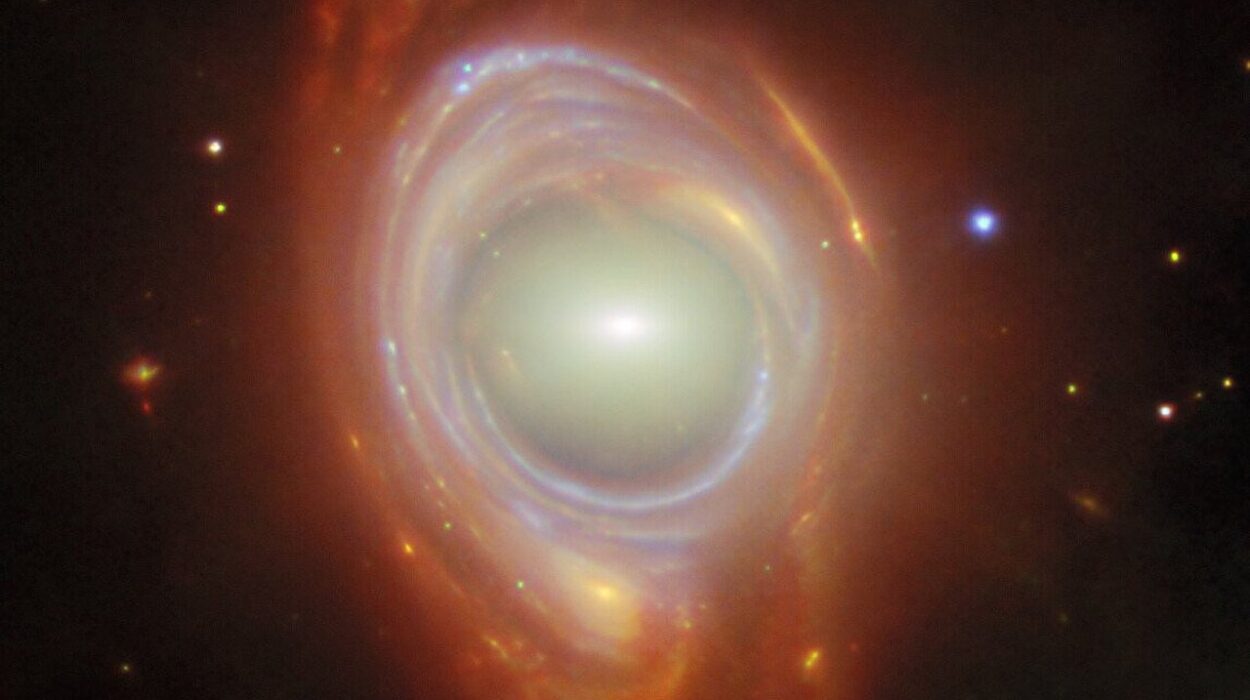It begins with a silence so immense, even light is swallowed. At the center of nearly every galaxy in the known universe, including our own Milky Way, lies an entity of such staggering gravity and mystery that even time seems to hesitate in its presence—a supermassive black hole. These cosmic titans, millions to billions of times the mass of our Sun, sit quietly or violently at the cores of galaxies, shaping their destinies in ways scientists are just beginning to understand.
For decades, astronomers have believed that the evolution of galaxies and their central black holes is a deeply interconnected dance—a co-evolution stretching back billions of years. But how, exactly, can something no larger than our solar system dictate the fate of a galaxy that might be a hundred thousand light-years across? The answer, as it turns out, may lie not in what falls into black holes—but in what is thrown out.
In a groundbreaking discovery published in the journal Nature, researchers using Japan’s XRISM (X-ray Imaging and Spectroscopy Mission) satellite have found that the ultra-fast winds surrounding a supermassive black hole are not the smooth, continuous flows once imagined. Instead, they are composed of turbulent, high-energy gas bullets—discrete, blistering projectiles of hot plasma hurling through the galaxy at a significant fraction of the speed of light.
The implications of this finding are profound. These high-speed gas bullets not only carry far more energy than previously estimated but also reshape our understanding of how galaxies and black holes evolve together. This revelation is not just a step forward in black hole physics; it is a leap into a deeper comprehension of the structure of our universe.
The Galactic Riddle
Black holes are paradoxical creatures—objects born from collapse, yet capable of giving birth to immense energy. The riddle of how something so dense and small, relatively speaking, can influence something as vast as a galaxy has baffled scientists for decades. Known as the problem of “feedback,” it’s the astrophysical equivalent of a mouse moving a mountain.
The notion of feedback suggests that as matter falls into a supermassive black hole, the intense gravitational forces heat and compress the infalling gas, triggering the emission of powerful winds and jets. These outflows, in turn, can suppress the formation of new stars by blasting away the gas that would otherwise condense into stellar nurseries. Thus, the black hole effectively regulates the growth of its host galaxy.
Until now, these winds were thought to be somewhat like solar winds—broad, diffuse streams of charged particles flowing outward. But that picture has been dramatically revised thanks to the capabilities of XRISM.
Enter XRISM: Seeing the Invisible in Motion
To observe something as extreme as a black hole’s wind, you need more than a powerful telescope. You need an eye that can see in X-ray wavelengths—the high-energy part of the spectrum emitted by hot plasma near black holes—and the ability to dissect that light with astonishing precision.
That’s where XRISM comes in.
Jointly developed by the Japan Aerospace Exploration Agency (JAXA), NASA, and the European Space Agency (ESA), XRISM was launched to provide high-resolution spectroscopy of celestial X-ray sources. By analyzing the specific wavelengths of X-rays emitted by ionized atoms in space, XRISM can determine the velocities, temperatures, and chemical compositions of these regions with unprecedented accuracy.
Among its most powerful instruments is Resolve, a revolutionary X-ray spectrometer that measures not only the presence of elements like iron, oxygen, and silicon in cosmic winds but also how fast those elements are moving. By examining the Doppler shifts—minute changes in wavelength caused by motion—scientists can map the speed structure of the wind down to a few percent of the speed of light.
In its latest observations, XRISM locked its gaze onto a supermassive black hole at the center of a distant galaxy, aiming to map the outflows of hot gas. What it found stunned researchers.
Not Wind—but Bullets
Rather than a smooth, laminar flow of gas, XRISM detected at least five distinct components in the black hole’s wind, each moving at a different velocity, ranging from about 20% to 30% of the speed of light. This is not a stream—it’s a storm of bullets.
These gas bullets are not metaphorical. The data suggest real, physical clumps or blobs of plasma—some possibly the size of planets or larger—hurtling away from the black hole in tightly packed formations. Each is loaded with tremendous amounts of kinetic energy, enough to heat the surrounding interstellar medium, disrupt molecular clouds, and potentially quench star formation across entire galactic regions.
In terms of power, these bullets carry energy more than 1,000 times that of previously known galactic-scale winds. Their formation appears to be intermittent and chaotic, possibly resulting from magnetic reconnection events near the black hole’s accretion disk, where twisted magnetic field lines snap and release energy like cosmic rubber bands.
Challenging Old Theories
This discovery directly challenges long-held assumptions in astrophysics.
Previously, many models assumed a quasi-continuous outflow structure where radiation pressure or magnetic fields would drive matter away from the accretion disk in relatively uniform patterns. But the bullet model implies that the process is much more violent and unstable—akin to a machine gun rather than a steady breeze.
This has enormous consequences for how energy is deposited into the surrounding galaxy. A smooth wind might simply blow past or around obstacles. Bullets, however, impact and penetrate, generating shockwaves that heat and disperse star-forming gas with brutal efficiency.
Moreover, the presence of multiple velocity components suggests a stratification or layering of ejection events. It may be that as gas accumulates in the inner accretion disk, it periodically explodes outward in clumps, puncturing through the disk’s outer atmosphere and the galactic medium like a volcano erupting through ice.
A European Voice in a Global Discovery
Among the international team behind this discovery is Professor Christine Done of Durham University’s Centre for Extragalactic Astronomy. As one of only two European scientists on the XRISM team, her role in shaping and interpreting the mission’s science has been critical.
Done, a veteran in black hole accretion theory, emphasized that this observation “gives us our first clear view of the true nature of these winds.” It was her insight and that of her colleagues that helped reframe the XRISM data not as noise or error—but as evidence of a complex, multi-component wind structure.
Her involvement also highlights the international nature of modern astrophysics. Space-based X-ray astronomy is expensive, challenging, and slow to yield results, but the payoff—as seen here—is transformative.
The Black Hole-Galaxy Connection: A New Understanding
Why does this matter?
The idea that galaxies and their central black holes evolve together is not new. Observations have shown that the mass of a galaxy’s central black hole is roughly proportional to the mass of its stellar bulge, despite the vast difference in scale. This implies a feedback loop: black holes somehow influence the rate of star formation in the galaxy, and vice versa.
But the details have always been murky.
With the discovery of gas bullets, we have a clearer mechanism. If a black hole can periodically release high-energy projectiles that inject enormous amounts of heat and turbulence into the surrounding medium, it could effectively “sterilize” the galaxy, preventing new stars from forming and regulating the black hole’s own fuel supply.
This self-regulating behavior might explain why galaxies don’t grow indefinitely and why we observe the galaxy-black hole mass correlation across so many systems.
Implications for Cosmology and Future Missions
The bullet-wind discovery also has implications for cosmology.
In large-scale simulations of galaxy formation, feedback is a necessary ingredient to reproduce the universe we see. Without it, simulations produce galaxies that are too large and too full of stars. But implementing feedback realistically has always been a challenge—too simple, and it fails; too complex, and it becomes computationally infeasible.
Now, with real-world data showing how chaotic and energetic black hole winds actually are, simulation models can be updated with better physics. This means more accurate reconstructions of cosmic history and better predictions for how galaxies form, grow, and die.
It also sets the stage for future missions.
XRISM is just the beginning. In the coming years, ESA’s Athena (Advanced Telescope for High ENergy Astrophysics) and NASA’s Lynx mission promise even more sensitive and detailed views of high-energy phenomena. These missions could resolve even finer structures within the bullet winds or detect them in a broader range of galaxies.
Cosmic Weather, Redefined
It’s fitting to think of black hole winds as a kind of cosmic weather—except unlike any weather we’ve ever known. These are storms that span light-years, projectiles that outrun bullets by orders of magnitude, and energies that can reshape galaxies.
But just as Earth’s weather systems are influenced by tiny changes in heat, pressure, and moisture, so too are galactic winds shaped by the small-scale physics of the accretion disk and magnetic fields. The discovery of gas bullets brings us one step closer to connecting these micro and macro scales—linking the fate of atoms falling into black holes to the fate of entire galaxies across billions of years.
A Universe in Motion
At its heart, this discovery is a reminder that the universe is not static or serene. It is a place of motion, force, and transformation—where even the darkest objects can create light, and even the emptiest regions can shape entire cosmic structures.
The gas bullets tearing through galaxies are not just fascinating curiosities. They are central players in the cosmic story, agents of change that carry the fingerprints of black holes across interstellar space. They remind us that the universe is more complex than we imagined—and more beautiful in its violence than we ever dared dream.
Reference: Structured ionized winds shooting out from a quasar at relativistic speeds, Nature (2025). DOI: 10.1038/s41586-025-08968-2






